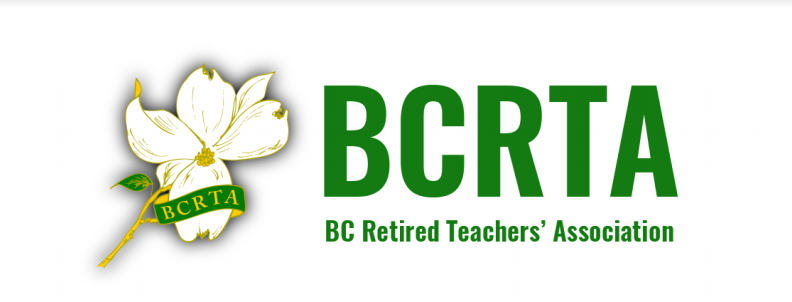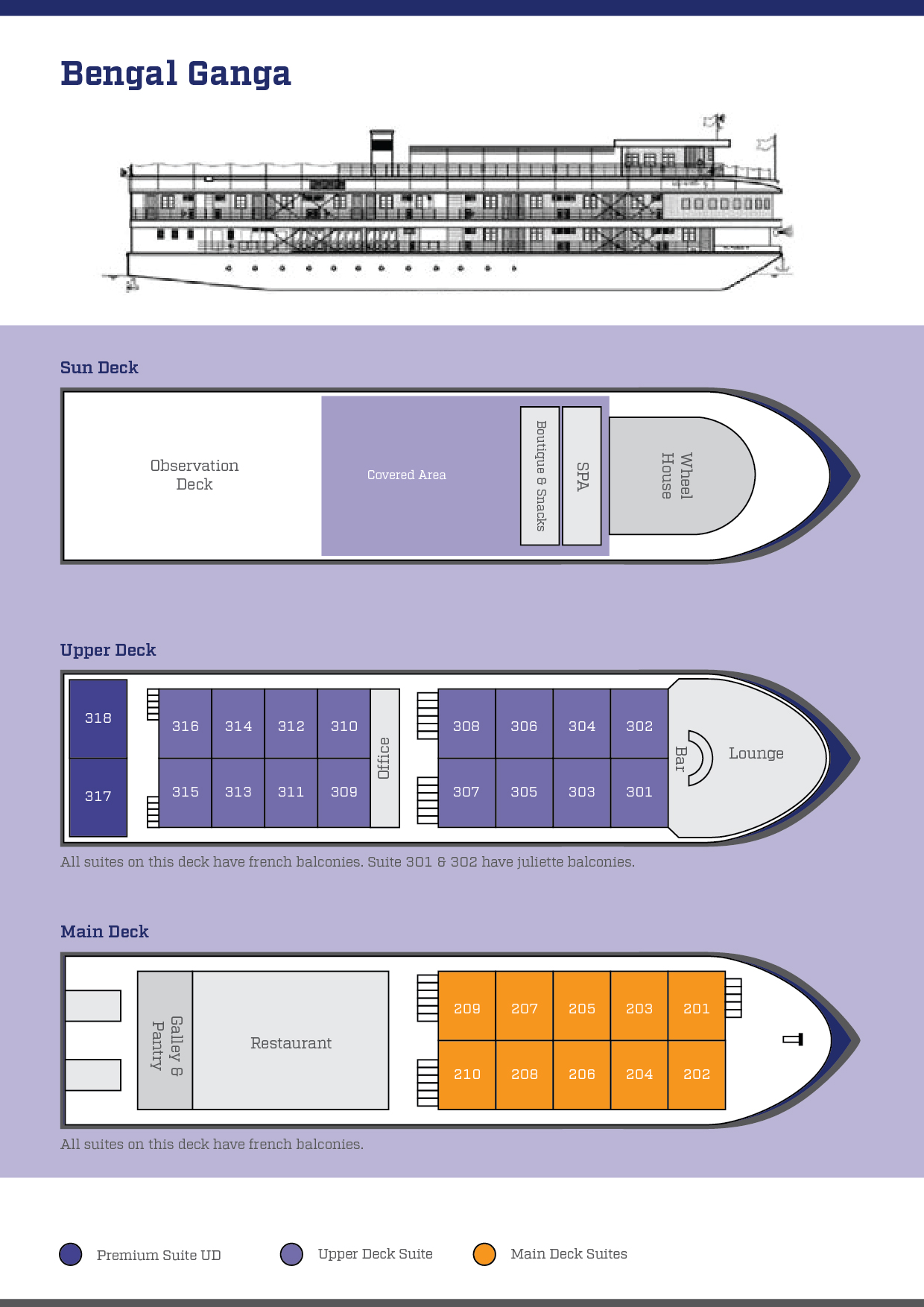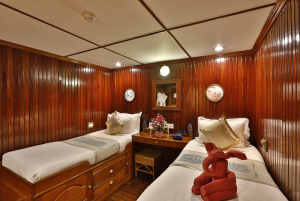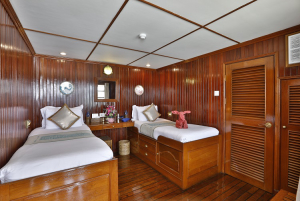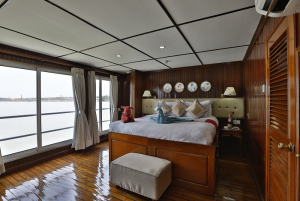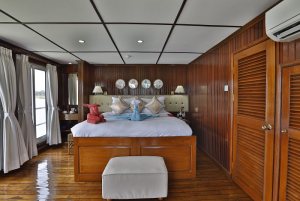Morning arrival in Kolkata, transfer to the ship and enjoy lunch on board.
Post lunch we visit the Weaver’s Studio, a Textile Study and Resourse Centre dedicated to the study and dissemination of knowledge and information on the rich textile traditions of Bengal and India. An introduction to some of the fabulous fabrics and weaves we will encounter on our travels. Weavers Studio’s innovative creations are inspired by historical textiles, Indian trade cloths, seasons, ethnic tribes, across the border cultures and contemporary techniques. Their collection comprises of specialized fabrics, stoles, scarves, shawls, patch scrolls, art textiles, sarees and garments.The textiles are all handcrafted by both men and women crafts persons using varied techniques of hand block printing, screen printing, roller textures, stencils, sprays, hand paint, surface ornamentation, hand embroidery, hand weaving, value addition such as batik, shibori, appliqué, felting, tribal embroidery and more.
Overnight onboard Bengal Ganga
Meals: Lunch, Dinner
2
KOLKATA TOUR – BALLY BRIDGE
Morning after breakfast embark on a Panoramic Tour of Kolkata, featuring a view of the well preserved British colonial buildings in Kolkata: Writer's Building, General Post Office, High Court, Raj Bhawan (Governor's House), Town Hall, Council House, Treasury Building, Reserve Bank of India and Dalhousie Square. We proceed to visit St. John's Church, the oldest Anglican Church in Kolkata, built in 1756. The tour features the oldest functioning pipe organ in India, a painting of the Last Supper by German artist, Johann Zoffany, and several tombs of British Generals who died during the Siege of Kolkata by Nawab Shriaj Ud Daula in 1756. Then we visit the grand Victoria Memorial Museum, which houses the largest collection of British colonial historical artefacts.
Return to the ship for lunch and start sail upstream passing below the cantilevered Howrah Bridge and seeing various colonial buildings along the Ganges river.
We moor for the night on the outskirts of Kolkata city near the Bally Bridge.
Overnight onboard Bengal Ganga.
Meals Provided: Breakfast, Lunch, Dinner
This morning we set sail upstream to Bandel, meaning port in Bengali was founded by Portuguese settlers who built the Church and a Monastery around 1660.
We visit the Hooghly Imambara, one of the famous Shiya pilgrimage centres in West Bengal, built in 1841 by Haji Mohammad Mahasin. The two-story building and surrounding rooms provide housing for pilgrims as well as classrooms, or Madrasa that teach the Koran. The structure contains a Victorian-era clock with a winding key weighing 20kg. Large Persian chandeliers and lamps light the Imambara's stunning hallways and passages.
We will halt at the shore of Bandel.
Overnight onboard Bengal Ganga.
Meals Provided: Breakfast, Lunch, Dinner
Today we sail further upstream to the temple town of Kalna.
In the afternoon enjoy a rickshaw ride through the town centre of Kalna en route to the enchanting Rajbari Temple Complex, which has the highest concentration of temples in the region. Bengal's mixture of temple architecture includes the Nabakailas Temples. Built in 1809 by the Bardhaman Maharaja, the complex contains 108 eight slope-roofed temples, 74 in the outer circle here and another 34 making an inner circle. Another complex features diverse architecture, including the Pratepeshwar Temple, built in 1849. Terra cotta plaques depict themes of Hindu epics, mythical life of Sree Chaitanya, images of Durga, and various aspects of day-to-day life in the region.
We also visit a local Weaver’s home to see the traditional Weaving of Muslin Cloth. Muslin or “malmal” is a cotton fabric of plain weave made in a wide range of weights from delicate sheers to coarse sheeting. Early muslin was handwoven of uncommonly delicate handspun yarn.
Return to the ship walking through the local market.
We will halt at Kalna tonight.
Overnight onboard Bengal Ganga.
Meals: Breakfast, Lunch, Dinner
5
KALNA / NABADWIP / MAYAPUR (B, L, D)
Early morning we sail towards Nabadwip, arriving by the afternoon. Literally meaning New (Nab) Island (Dwip), it is the birthplace and abode of Saint Shri Chaitanya Mahaprabhu, the founder of the Hindu Vaishnav religion and a great social reformer. Once the capital of the Sena Dynasty under King Lakshman Sena who ruled during the 12th century, the town was an important centre of education, religion and culture. Post lunch we will explore the riverbank village by walk to see the local people engaged in Handloom Weaving of Cotton fabric, mainly saris and stole/scarves and other activities.
We then ride the country boat across the river to visit Mayapur, the headquarters of the International Society for Krishna Consciousness (ISKCON). Guests can experience the fascinating culture of these followers and their ornate, colourful decorated statues of Krishna. The new temple built to commemorate the Jubilee year of the ISKCON movement in 2016 and largely funded by Alfred B. Ford, the great grandson of car-maker Henry Ford, can be compared to the Vatican. It also contains a 75- foot domed planetarium. Meet Krishna followers and walk through the pilgrim’s bazaar.
We will halt at Mayapur tonight.
Overnight onboard Bengal Ganga.
Meals Provided: Breakfast, Lunch, Dinner
6
MAYAPUR / GUPTIPARA / FULIA
This morning a short sail brings us to Guptipara, a rural town, renowned for its paddy fields and the Himsagar mango. Explore the town visiting the Vaishnav temples that contain some fantastic terracotta works. All the structures bear characteristics of the Bengal school of architecture, with carvings depicting scenes from the Hindu epics. The Ratha-Yatra (Chariot festival) is Guptipara’s greatest festival and the temple chariot is one of the tallest and oldest in West Bengal. We will visit a Potter’s home to see and interact with the artisans creating various clay items.
In the afternoon, we sail across to the opposite riverbank and visit the weaving village of Fulia. After the partition of India and the division of Bengal into West Bengal (in India) and East Pakistan (now Bangladesh), many skilled weavers from Bangladesh, came and settled here and the region become a renowned centre for hand-woven fabrics. With government encouragement and support, the talented weavers soon revived their ancestral occupation and the art of exquisite weaving once again flourished. Fulia specializes in a combination of Jacquard and Jamdani Saree Weaving, which are based on Tangail Handloom Saree Culture of Bangladesh. Jamdani is typically handloom woven fabric using a mixture of cotton and gold thread. It is one of the most time and labor-intensive forms of handloom weaving, and the most artistic textile rich in motifs.
We will halt at Fulia tonight.
Overnight onboard Bengal Ganga.
Meals Provided: Breakfast, Lunch, Dinner
7
FULIA / CHANDERNAGORE / SERAMPORE/ KOLKATA
This morning we sail further downstream to Chandernagore, which was established as a French colony in 1673. The French obtained permission from Ibrahim Khan, the Nawab of Bengal to establish a trading post on the riverbanks of this city, which became a permanent French settlement. Explore the French colonial buildings walking along the promenade, including the former French governor's residence, now converted to a museum (closed on Thursdays and Saturdays) that features an exhibition of items that depict life during this period. Also visit the Sacred Heart Church, designed by French Architect Jacques Duchatz. The church was inaugurated in 1884 and stands for over two centuries to mark the beauty of the architecture during the French period.
Return to the ship and continue our journey back to Kolkata en route we halt near to the Serampore College, the oldest university in India to be in continuous operation. It was founded in 1818 by the English missionaries known as the Serampore Trio whose aim was to give an education in arts and sciences to students of every "caste, colour or country" and to train people for ministry in the growing church in India. Serampore was then a Danish colony and King Frederick VI of Denmark granted a Royal Charter giving Serampore College the status of a university to confer degrees.
Continue sail to Kolkata and moor for the night.
Overnight onboard Bengal Ganga.
Meals Provided: Breakfast, Lunch, Dinner
After breakfast this morning we visit Mother Teresa’s Home and Tomb. Mother Teresa started the Missionary of Charity in 1952, then lived and worked here until her death in 1997. The permanent exhibition includes a visit to her personal room, we learn her life story, and see her charity that is still active. Optional: We continue by foot a short distance to her orphanage, Sishu Bhawan (Children's Home), where one of the sisters will lead us on a tour.
We then proceed to the Kalighat Temple, dedicated to goddess Kali, the presiding deity of Kolkata. We will view the temple from outside, as foreigners are not allowed to enter the sanctum. In the vicinity of this temple, the famous Kalighat Painting was born. In 19th century Bengal, the only school of painting that was flourishing was the traditional art of scroll paintings that was popular in the rural areas. These paintings were done on cloth or patas and depicted conventional images of gods and goddesses and scenes from epics like Tulsidas’ Rama Charita Manas. The artists, called patuas or ‘painters on cloth’ were villagers who travelled from place to place with their scroll paintings, called pattachitra and sang the scenes from the epics depicted in the paintings during village gatherings and various festivals. With the establishment of the Calcutta School of Art by the British, several patuas were attracted to the city. Initially, they were concentrated around the Kalighat temple where there was a demand for religious art. From being items of souvenir taken by the visitors to the Kali temple, the paintings over a period of time developed as a distinct school of Indian painting. But the Kalighat artists did not restrict themselves to religious themes. Their paintings depicting different professions and costumes were also popular. Even contemporary events like crime were the subject of many paintings. The artists also chose to portray secular themes and personalities and in the process played a role in the Independence movement.
Lunch at local restaurant.
Post lunch visit the Indian Museum, popularly known as “Jadughar” is the ninth oldest museum across the world. It is the largest museum across India and boasts exquisite collection of armor, antiques, ornaments, skeleton, fossils, mummies and beautiful Mughal paintings. Over 60 galleries display a collection ranging from ancient sculpture and Egyptian mummies to medieval and contemporary paints, and even a sacred relic of the Buddha.
Overnight onboard Bengal Ganga.
Meals Provided: Breakfast, Lunch, Dinner
After breakfast visit Kolkata’s Flower Market, a feast for the eyes. Located below and adjacent to the cantilevered Howrah Bridge that spans the sacred river Ganges, the market is bustling from the wee hours of the morning. Countless vendors and buyers exchange money for flowers and countless locals carry bales of flowers that are at least twice their weight. There are sevaral stalls where you can see artists creating a variety of garlands, ornaments and other items made of flowers and leaves for temples, weddings and other usage.
Thereafter visit Kumartuli, a traditional potters’ quarter in northern Kolkata, renowned for its sculpting prowess, which not only manufactures clay idols for various festivals but also regularly exports them. The potters here fashioned the clay from the river beside their home into pots to be sold at the local market. Gradually they took to making the images of gods and goddesses, worshipped in large numbers in the mansions all around and later at community pujas in the city and beyond. From the month of August Kumartuli starts gearing up for Bengal's greatest festival the "Durga Puja". In the vicity of Kumartulli we will also see the creation of various handicrafts made of Sholapith (Indian cork, Aeschynomene aspera), a delicate, ivory-coloured reed that grows on moist and marshy land in Bengal, Assam and other areas. The Shola artists, known as Malakars, do some exquisite, intricate work by cutting and carving the reed to make decorative items of varied kinds, including masks. Shola, by nature, is light in weight, organic and fragile and look much like items carved out of ivory. The headgear used in traditional Bengali weddings, and faces of gods and goddesses made from the reed are some of the best examples of Shola craft works’ usage in the society. In more recent times, sholapith handicrafts have found a wider application in home décor
We then drive to College Street Book Market, a 1.5 km long street which derives its name from the presence of many colleges, and centers of intellectual activity especially the Indian Coffee House, a café that has attracted the city's intelligentsia for decades. College Street is most famous for its small and big bookstores, which gives it the nickname Boi Para (Colony of Books). It is the largest second-hand book market in the world and the largest book market in India and collectively boasts of a collection of almost any title ever sold at Kolkata. One can buy rare books at throw-away prices and extensive bargaining takes place.
Return to ship for lunch and free time.
Evening farewell dinner on board cruise.
Overnight onboard Bengal Ganga.
Meals Provided: Breakfast, Lunch, Dinner
Disembark after breakfast and transfer to airport for onward destination.
Meals Provided: Breakfast
Call for assistance: 1-800-481-9739 ext 3
Mention Promo Code for Savings: EHG01


